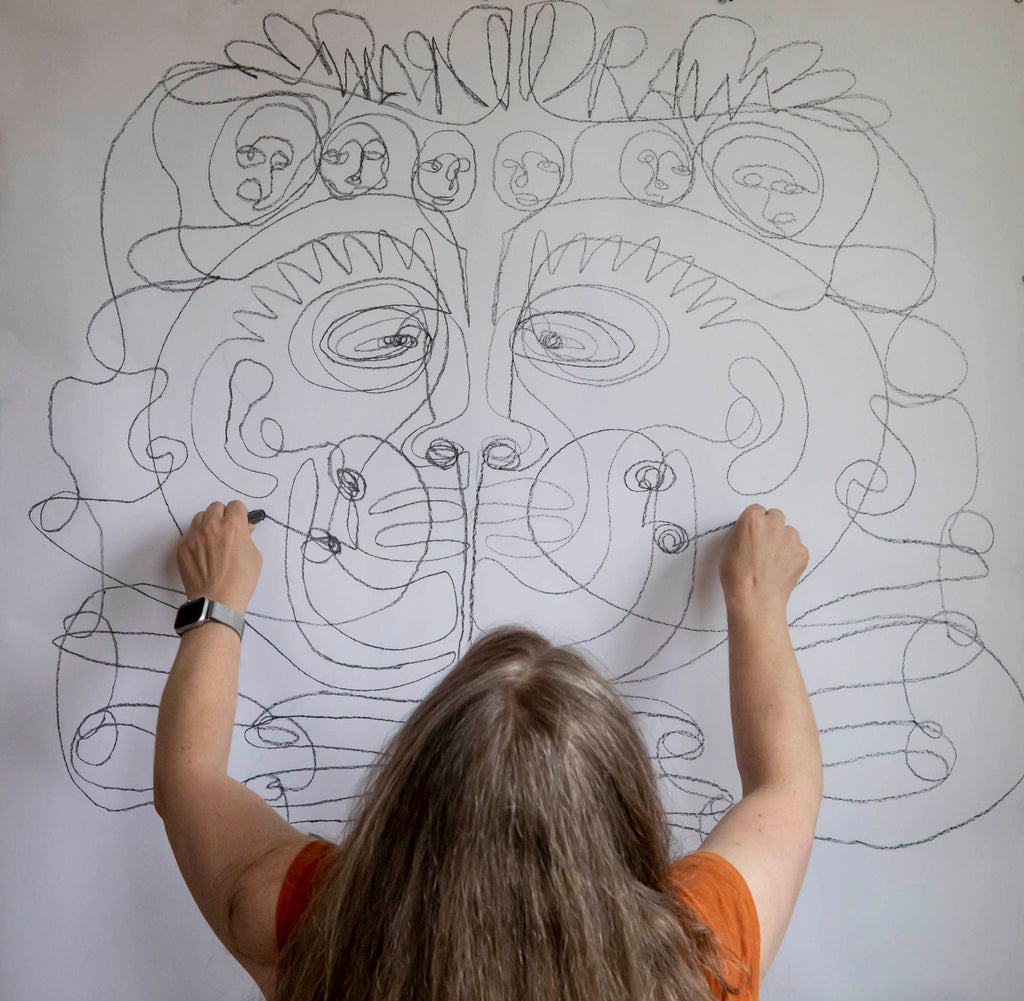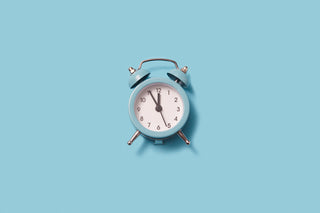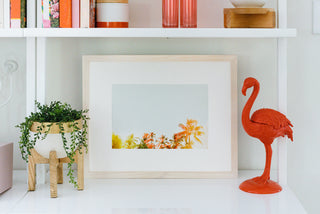Most of us stop doodling sometime around middle school, usually after someone told us it wasn’t “real art.”
But what if scribbling aimlessly could help you chill out, get unstuck, or even spark your next big idea?
What if doodling isn’t a distraction — but a shortcut to clarity?
Whether you’re a creative, a coach, a solopreneur, or just someone with a busy brain, this zero-pressure ritual is for you.
Let’s talk about doodle therapy — and why it might be the best 7 minutes you spend all day.

Why Doodling Works (Even If You’re Not “Creative”)
Doodling taps into something your to-do list can’t: flow.
It gently shifts your brain out of verbal, overthinking mode and into a more playful, visual state. It calms your nervous system, lowers the pressure, and reconnects you with your gut instincts.
“Doodle mindlessly. That’s when things start to come out of you that you don’t expect… It gets you into this Zen-like state where you’re more receptive for downloads of brilliant ideas.”
— Perry Rath, creativity coach, art educator & artist
And no, it’s not about being “good” at drawing. In fact, the messier the better. You’re giving your brain a break from chasing perfection — and sometimes that’s when the magic happens.
Doodling can help with:
- Mental clarity
- Stress reduction
- Creative breakthroughs
- Decision making
- Nervous energy during calls, launches, or planning
Remember, you're not here to create a masterpiece. The point of doodling is to make a mark — and seeing where it goes.

The 7-Minute Doodle Ritual
You don’t need a sketchbook. Just a pen and some paper.
Here’s how to try it out:
- Draw a simple shape — a blob, triangle, square, or cloud.
- Split it into sections using random lines.
- Fill each section with something — dots, waves, zig-zags, shading, whatever comes to mind.
- No erasing. No overthinking. Just let your pen move.
- Set a timer for 7 minutes. Done.
Optional: Close your eyes, take a deep breath, and start without trying to “make” anything.
Heads up: If your brain says, “This is dumb,” you’re probably on the right track.
Mistakes Are Portals
There’s something wild that happens when you stop trying to get it “right.” You get curious. You get weird. You get free.
“I accidentally ripped a big hole in my painting. In trying to save it, I uncovered a whole new way of painting I now use again and again.”
— Fleur Barnfather, artist
In Fleur’s case, a ruined painting became the start of a new signature style. For you, that wobbly little spiral might become a metaphor, a business idea — or just a moment of peace.

Big, Bold Brainstorming (for Entrepreneurs Too)
Doodling isn’t just for relaxing — it’s also a sneaky little strategy.
“Grab a big piece of paper and let yourself explore… Getting messy on the page helps you come up with new solutions you didn’t think you could figure out.”
— Deb Putnoi, drawing activist and artist
If you’ve been:
- Spinning on a product name
- Trying to map out content
- Feeling blocked or bored
Grab a marker and start doodling. Your ideas, your blocks, your business model — get it all out. Don’t aim for strategy. Just aim for motion. Scribbles can spark structure.
Doodling Busts Perfectionism (and Builds Confidence)
“Put something out. See how it goes. Then do it again fairly quickly… If you wait too long, you slow yourself down.”
— Fleur Barnfather
Doodling trains the exact mindset that helps people launch and create. It says: Start messy. Keep going. Adjust as you move.
When you stop trying to be perfect:
- Your fear shrinks
- Your creativity expands
- Your ideas start flowing
This is the art of response: Make a mark, respond to it. Try something, adjust. Send it, refine. That’s how you build momentum — in art, in business, in everything.

How to Make Doodling a Habit (Even If You’re Busy)
Pro tip: Don’t wait for a huge pocket of free time. Tuck doodling into what you’re already doing.
Here are a few easy ways to start:
- Keep a notepad near your laptop — doodle during Zooms or while files upload.
- Use it as a warm-up before deep work sessions.
- Schedule a weekly “big bold brainstorm” with giant paper and markers.
- Trade scroll time for a 5-minute doodle sprint.
- Add a short silent drawing session to team meetings or solo journaling.
And remember — you don’t need to keep what you draw. The win is in the doing.
Final Thought: You Already Know How to Doodle
You knew how when you were five. You just forgot.
Doodling brings you back to making something just because. It turns down your inner critic and makes space for curiosity, play, and unexpected insight.
So next time you’re stuck, stressed, or chasing clarity — skip the spreadsheet. Grab a pen.
Draw a shape. Make a mark. See where it takes you.














